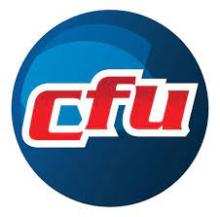RDOF Funding Propels a Local Electric Cooperative to Extend Connectivity in Rural Missouri
Electric cooperatives illustrate the power that community-owned enterprises have to bring Internet access at scale to unconnected rural communities. Because of their work, states like Missouri (where 15 percent of all households only have access to broadband speeds slower than 100/20 Megabits per second, and only 38 percent have access to speeds of 100/100 Megabits per second or faster), will go from being among the least-connected states to one of those with the greatest connectivity in rural areas in coming years.
An infusion of federal funding shows how publicly owned infrastructure can go farther and move faster. Ralls County Electric Cooperative (RCEC) serves as example in Missouri, building on its existing broadband infrastructure to further increase connectivity in one of the most connected counties in the state.
Closing the Gap
Ralls County, located in the northeastern part of the state, is one of three statewide to provide fiber or wireless Internet access to over 90 percent of residents in its service territory. With $1.3 million in funding from the Rural Digital Opportunity Fund (RDOF) now in hand, RCEC is extending broadband access outside of its electric service area.
RCEC’s initial fiber buildout began in 2010. By 2014, it was the first electric distribution cooperative in Missouri to have built fiber out to all 6,300 of its members. 70 percent of RCEC’s members currently subscribe to its fiber services. Through its wholly owned subsidiary, the cooperative offers five speed tiers. Speeds range from 50/10 Megabits per second for $50/month to 1 Gbps/15 Mbps for $100/month in select locations.
Reaching Beyond its Electric Membership Footprint



